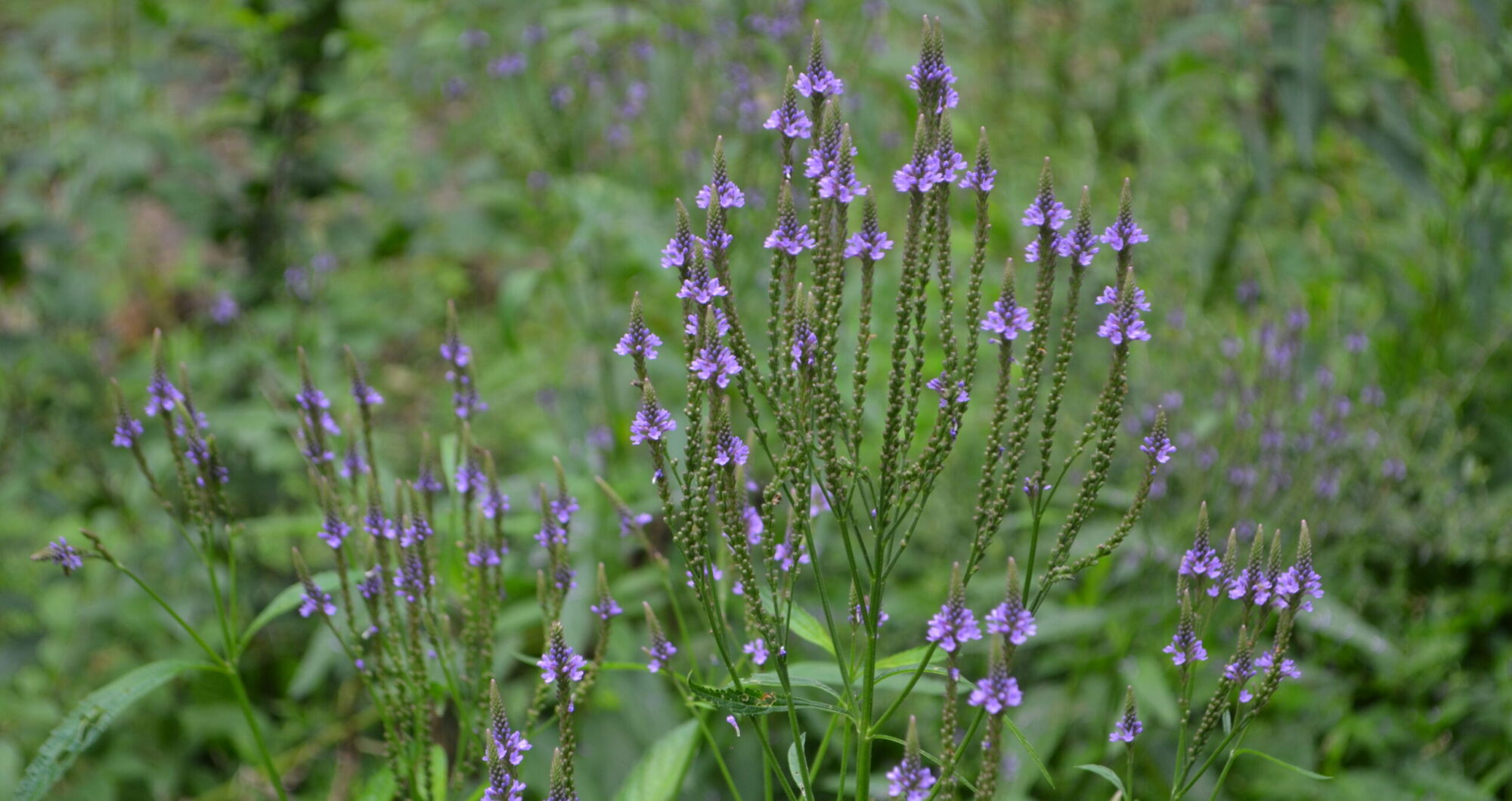I can probably count on one hand all the times I ate winter squash growing up. Often it was not at my home but as a guest in someone else’s that I had an opportunity to expand my taste buds. I had no idea how much the adventure of farming would expand my taste buds though. Now winter squash is added to my list of new favorite vegetables (along with kohlrabi and turnips).
Last year we had a crash course in growing winter squash for wholesale markets. But we did have some guidance. The varieties were selected for us and the time table of planting, harvesting, curing and storing were given to us. This year I already needed a refresher as I made my own plans. I found this website very helpful for all interested in growing their own squash.
One unique part of winter squash is the need to “cure.” I thought it was for storage purposes but it also has a lot to do with taste. Curing or storing in a warm, breezy place allows the sugars to distribute properly and skin to harden for storage.
Space is tight at both our farm and home so it seemed like the best place to store the squash for curing was in our living room. Our cooler was full of cabbages, carrots, soybeans and the like, plus that definitely wasn’t “warm.” Our porch was full of onions and gets pretty cool at night so the toys and school work had to be pushed aside while curing was happening, about 7-10 days.
With curing done it was time for the taste test. I cut one each of our butternut, acorn, delicata and sugar dumpling squash. I cut them in half scooping out the seeds and laid them cut side down on a baking pan and added a cup full of water to the pan. I baked them at 350 degrees for 1 hour. Here they are as the sampling began.
All were good but the delicata (skinny green and yellow ones) were amazing, so smooth and creamy. The sugar dumplings (round green and yellow) were also good and very sweet. The acorns (all green) had a coarser texture and nutty flavor and the butternut (tan and green) were quite smooth, nutty and sweet with the most flesh per fruit.
After the taste test I made a big pot of squash soup. Even Proeun liked it. Here is the recipe.
Easy Squash Soup
2 TBSP butter or olive oil
3-4 cloves garlic
1 medium onion chopped
2-3 pounds squash, halved, seeded and baked till soft
4 cups chicken stock
1 bay leaf
pinch of sugar (I left this out)
1/2 tsp or more curry powder
pinch of nutmeg
salt and pepper to taste
heat butter or oil in a large saucepan over medium flame. Add the garlic and onion; cook stirring often 7-10 minutes. Scrape the squash from the skins and add to soup. Stire in stock, sugar, curry powder, nutmeg, salt and pepper. Puree in batches. Add bay leaf and simmer 20-30 minutes.
Adapted from The Complete Book of Soups and Stews, by Bernard Clayton



























